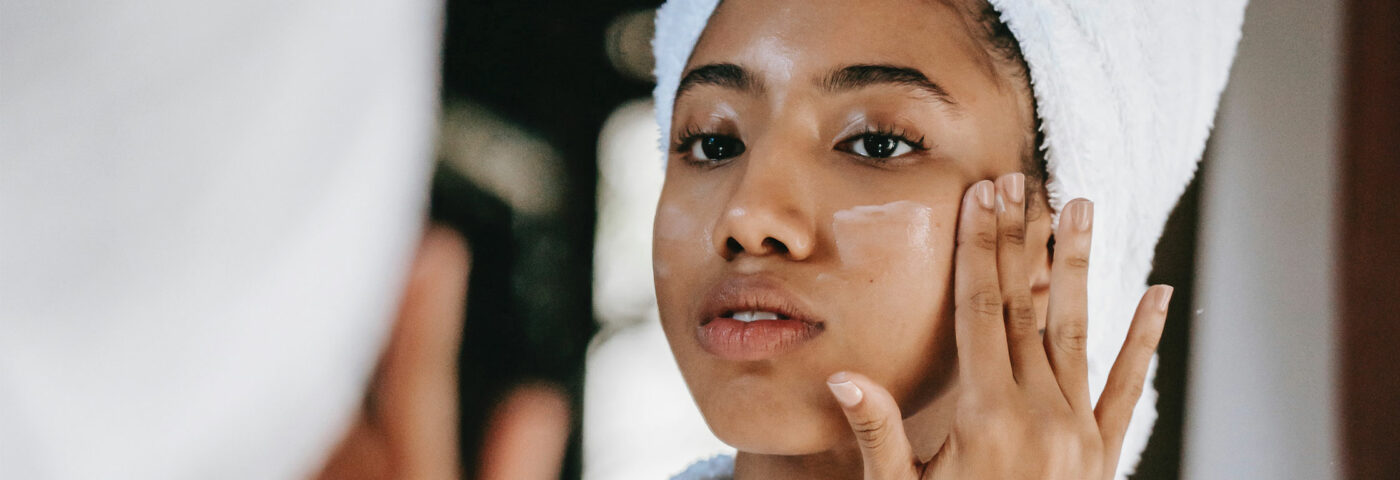Sponsored by: Global Cosmetic Industry | Written by: Jeb Gleason-Allured, Content Director
There was a time when DTC (direct-to-consumer) and influencer brands were the hottest things in beauty. While neither has gone away, they now exist in a very different market reality.
U.S. DTC beauty sales totaled $6.7 billion in 2021, down from $7 billion in 2020, per a new eye-opening analysis from NielsenIQ*. The report attributes the decline to everything from a glut of beauty offerings to iOS 14 privacy rules taking effect to increased marketing costs.
That said, there remain growth sectors in DTC, as well as white space opportunities. According to the report, pure-play DTC brands grew in 2021. For the 12 months ending October 30, 2022, the bath and shower sector grew 6.3%, while the cosmetics and nail grooming sector grew 33.2%.
Fragrances, which had a banner year in the prestige space, grew 26.6% in the DTC sector. Similarly, hair care, which boomed in the prestige space, grew 91.6% in the DTC sphere; hair removal jumped 19.2%.
Elsewhere, DTC feminine care brands have now taken a more than 20% share of the market, while there remains immense white space in eye and ear care, per NielsenIQ.
How can DTC brands succeed amid unprecedented competition? According to NielsenIQ’s analysis, personalized products, diagnostic quizzes, subscriptions/direct shipping options and clean/sustainable offerings can still capture shopper buy-in.
Meanwhile, high-profile influencer brands such as Item Beauty from influencer Addison Rae and Selfless by Hyram from influencer Hyram Yarbro have reportedly lost significant social followings and been pulled from Sephora shelves. The latter brand is being restaged at Target at more accessible pricepoints.
At the same time, Forma Brands, whose Morphe brand rode the influencer beauty wave of the last decade, has filed for Chapter 11 bankruptcy—and closed all U.S. stores.
While consumers are increasingly drawn in by expert-backed brands, shoppers still respond to key influencers, including Caroline Hirons, who recently released her retinoid skin care line, Skin Rocks. And high-profile brands such as Briogeo continue to leverage influencer partnerships on product launch campaigns.
Notably, influencer brands continue to garner investments. In early December 2022, Dae Hair raised an $8 million series A funding. Between Q1 2021 and Q1 2022, Dae Hair’s EMV (earned media value) growth outperformed its competitive set by 81%, per the brand.
There’s also some cognitive dissonance at play when it comes to influencer beauty. In 2022, Styleseat** reported that 76% of social media users believe influencer recommendations are fake, yet 57% have purchased a beauty product after seeing it on social media.
Therefore, the key question is not whether shoppers can be influenced by influencers but whether that initial interest can be retained over time.
As many brands have learned, the rules of the recent past no longer apply. Learning the new rules will determine brand success in 2023 and beyond.
Read more here!

